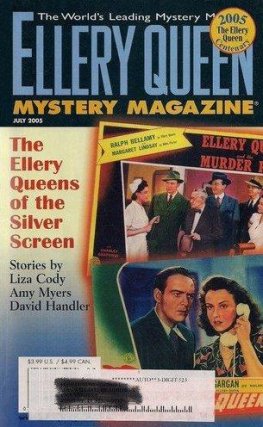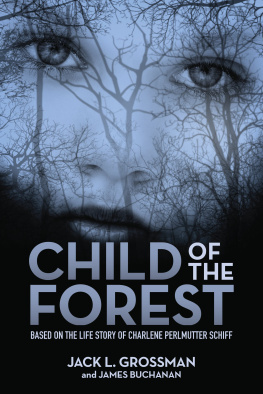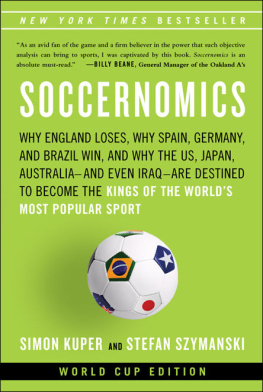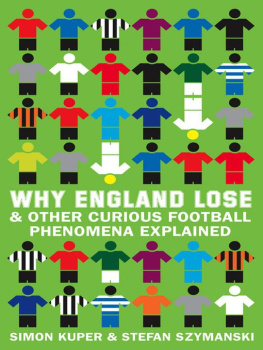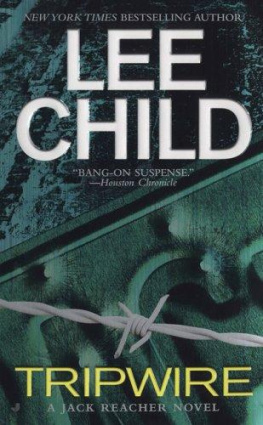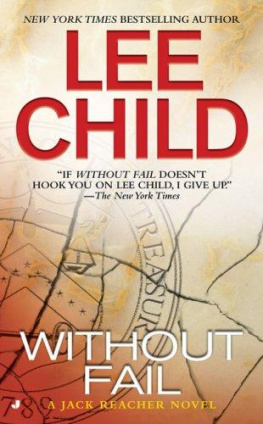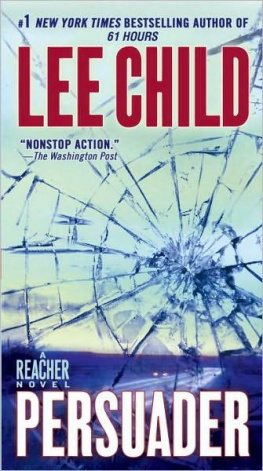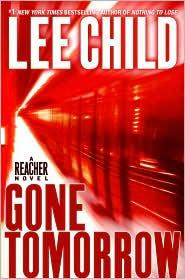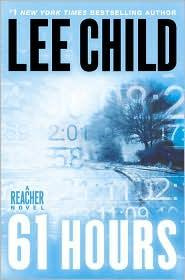Jack Kuper - Child of the Holocaust
Here you can read online Jack Kuper - Child of the Holocaust full text of the book (entire story) in english for free. Download pdf and epub, get meaning, cover and reviews about this ebook. year: 1999, publisher: Berkley, genre: Non-fiction / History. Description of the work, (preface) as well as reviews are available. Best literature library LitArk.com created for fans of good reading and offers a wide selection of genres:
Romance novel
Science fiction
Adventure
Detective
Science
History
Home and family
Prose
Art
Politics
Computer
Non-fiction
Religion
Business
Children
Humor
Choose a favorite category and find really read worthwhile books. Enjoy immersion in the world of imagination, feel the emotions of the characters or learn something new for yourself, make an fascinating discovery.

- Book:Child of the Holocaust
- Author:
- Publisher:Berkley
- Genre:
- Year:1999
- Rating:3 / 5
- Favourites:Add to favourites
- Your mark:
- 60
- 1
- 2
- 3
- 4
- 5
Child of the Holocaust: summary, description and annotation
We offer to read an annotation, description, summary or preface (depends on what the author of the book "Child of the Holocaust" wrote himself). If you haven't found the necessary information about the book — write in the comments, we will try to find it.
Child of the Holocaust — read online for free the complete book (whole text) full work
Below is the text of the book, divided by pages. System saving the place of the last page read, allows you to conveniently read the book "Child of the Holocaust" online for free, without having to search again every time where you left off. Put a bookmark, and you can go to the page where you finished reading at any time.
Font size:
Interval:
Bookmark:
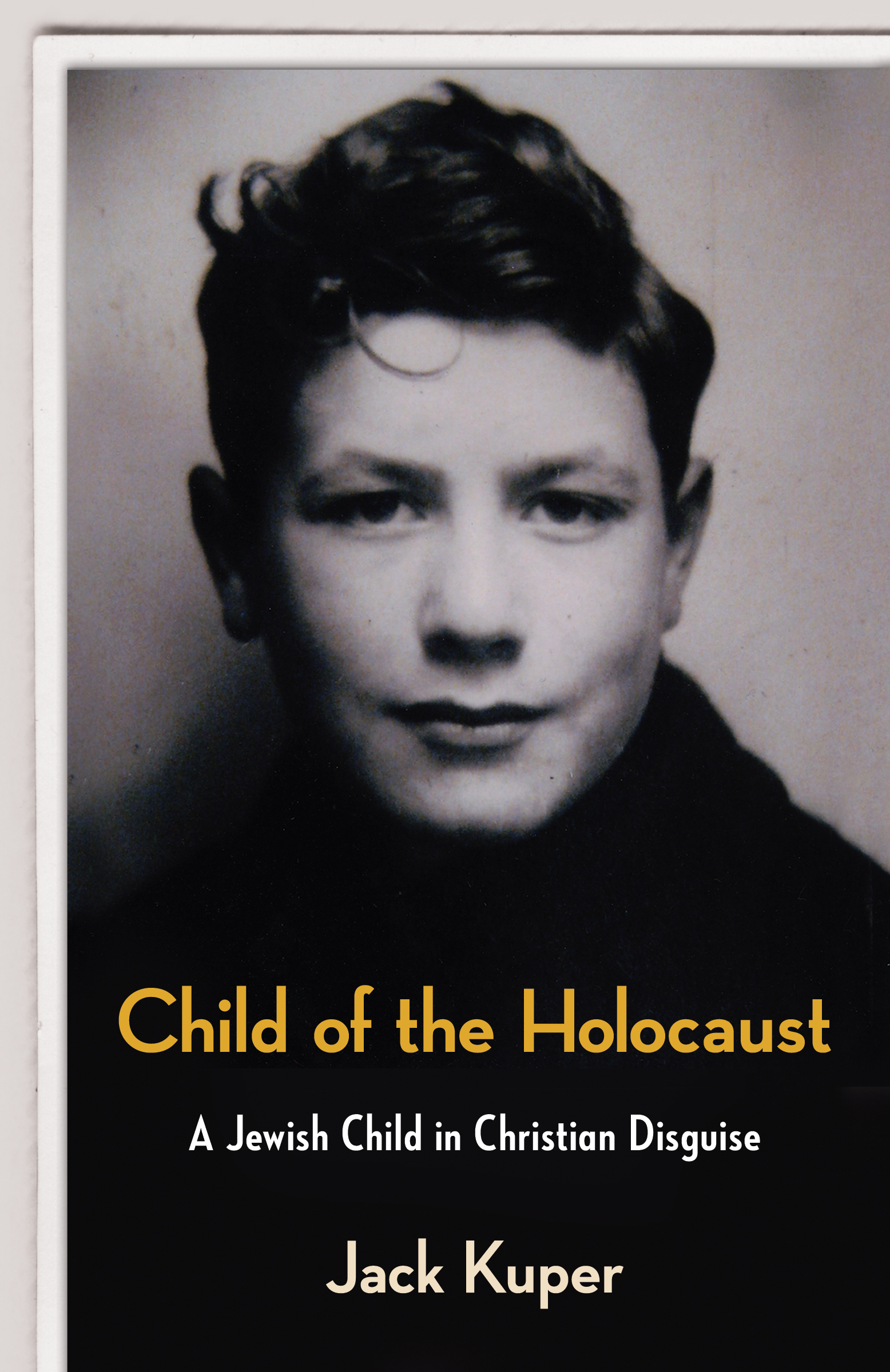
Upon landing in Halifax in 1947 at age fifteen, I could converse in about half a dozen languages but speak only two words in English. Harold and Lillian Sumberg and their daughter, Cora, who would become my foster family, were also my first English teachers, correcting my pronunciation and introducing me to new words at the dining room table.
Later, when I enrolled at Central Technical School in Toronto, I was helped with my homework by their friend Selma Kushner, and later by a charmingly beautiful young woman who lived with her sailor husband in an Art Deco building on Bathurst Street north of St. Clair Avenue, whose name, Im ashamed to admit, I cannot remember. So many years later, I am thankful for the opportunity here to express my heartfelt thanks to them, for setting me on the road I was to travel.
Much of what I learned at school has evaporated with time except my English teacher Miss Priors graphic lesson on structure, to which I clung and followed in all my endeavours and for which I am most grateful.
I also vividly remember Mr. Dawson Kennedy who taught design, for his valuable epigram, The essence of design is simplicity; a lesson I kept in mind while working on this book.
The late CBC Director Harvey Hart, who had produced two of my television plays, and his wife, Theda, with whom we had become friends, visited us one Sunday, and during dinner word got out that I was working on a book. They egged me on to read a sample for them. Reluctantly, I agreed and was so enormously encouraged by their reaction that we agreed to do a reading every Sunday. Each night after work all week long, I would sequester myself in our basement playroom and scribble away not to disappoint our guests the coming Sunday.
In this manner, many dinners later, I had reached the halfway point of the manuscript when, lo and behold, Harvey packed up his family and headed for Hollywood to direct a film for producer Joe Pasternak, leaving me with less incentive to continue.
As luck would have it, a new pair of ears appeared on the horizon in the shape of a young and talented graphic artist, a recent immigrant from Holland, by the name of Anton van Dallen. Since he lived on his own and did not own a television set, he appreciated my wife Terryes delicious cuisine followed by The Ed Sullivan Show, after which he would listen to me read, applaud, ask questions, and hunger for more.
Stories abound about the trials and tribulations of finding an agent. Here again I was blessed with one, Kurt Hellmer, a refugee from Vienna nicknamed The gentleman of Broadway finding me and offering to represent me. After receiving the bulky manuscript which I had titled Kubus, he showered me with praise but suggested a few improvements. Then, as one New York publisher after another showered him with formal rejection slips, and I, expecting him to cave in, he soldiered on telling me, They will one day eat their words.
And sure enough, after some two dozen editors said No a newly installed young editor at Doubleday, Sally Arteseros, unfamiliar with Jewish history or the Holocaust, fell madly in love with my story and said Yes.
Around that same time, the British publishing house, Routledge and Kegan Paul, also came aboard with a proviso that I provide them with a more factual title. After dispatching several new ones and still being turned down, my long-time friend, Harold Morrison, a writer himself, came up with Child of the Holocaustand it stuck.
The rest, as they say, is history, mainly due to the valiant work of my Toronto-based agent, Beverley Slopen, who also found me, following Kurt Hellmers demise. Through her persistence and tireless efforts, many non-English-speaking people in our world are now familiar with Jankeles story. To date, this book has been published in close to a dozen languages and multiple editions.
Not to be forgotten are all the translators, editors, and publishers of Child of the Holocaust, whose names I do not know but to whom I am most thankful for their contributions.
Naturally, I am most appreciative of the people at Penguin Random House Canada, namely Marion Garner and Mindy Fichter, for their expertise and guidance in preparing this classic edition, complete with photographs.
I am also indebted to Mary Betel for acting as my translator on my return to Poland to retrace my steps, as well as Adam Makarenko, the talented new member of our family who spent a good part of a day snapping a new author photo of me.
A very special mention is due to Evelyne Haendel, a one-of-a-kind Hidden Child, who devotes herself to help Holocaust child survivors find traces of lost families. It was on one of her frequent trips to her birthplace in Brussels where she found in a government archive the photo of me at age fourteen, taken at an Automat, which adorns the cover of this book.
I also wish to pay tribute to my sweet daughter, Simca, born the same year my book was first published, who acts as my proofreader and home editor on all my recent jottings.
Lastly, words fail me to express how much I owe to my darling wife, Terrye. Looking after our household, preparing meals, diapering babies, paying bills, and greeting me with a smile when I came home from work did not stop her from working late into the night to decipher my scribbles and committing them to paper on a discarded CBC Underwood typewriter. She is more than just a typistcorrecting my spelling, improving a sentence here and there, and adding a thought when so inspired. She has often threatened to write her own book: Living with the Child of the Holocaust. I look forward to it.
Child of the Holocaust
After the Smoke Cleared
Jack Kuper, born Jankele Kuperblum in 1932, spent his childhood on the run through the treacherous countryside of war-torn Poland. In 1947 he landed in Halifax, Nova Scotia, as one of the thousand war orphans to be brought to Canada by the Jewish Community.
Kuper is an award-winning graphic artist, creative director, playwright, actor, producer and director, having worked at the Canadian Broadcasting Corporation before establishing the film company Kuper Productions Ltd. Among the many plays he produced, Sun in my Eyes was one of the first to focus on the Holocaust in the English-speaking world.
Continuously in print since it first published in 1967, Child of the Holocaust has been translated into multiple languages. Nearly thirty years after the publication of Child of the Holocaust, Kuper published a sequel to the book, After the Smoke Cleared, which won the Jewish Book Award for Holocaust Literature and was a finalist for the Edna Staebler Award for Creative Nonfiction, and chronicles his complex reunion with his father in the post-war years.
His most recent film productions are the critically acclaimed Who Was Jerzy Kosinski? based on Jacks friendship with the enigmatic novelist, A Day in the Warsaw Ghetto, and The Fear of Felix Nussbaum. Kupers professional and personal files are housed at the Boston University Archives.
Jack lives in Toronto with his wife, the former ballet dancer Terrye Lee Swadron. They have four children and thirteen grandchildren.
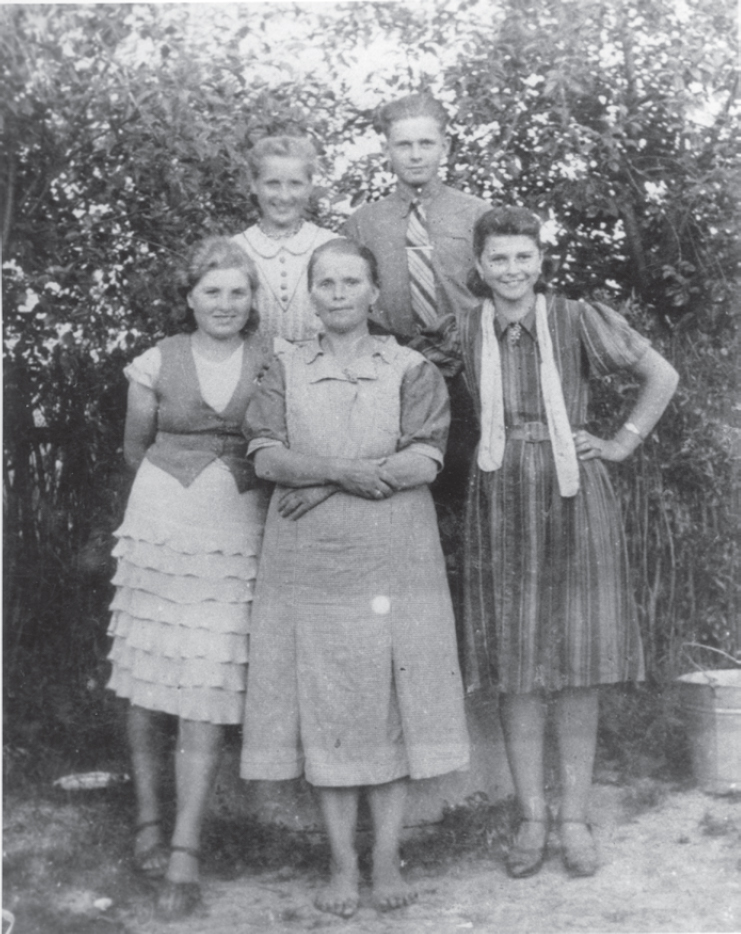
A barefoot Mrs. Helena Pejzak (front centre), daughter Genia on her left, son Stashek behind them, and two of Genias village friends
Font size:
Interval:
Bookmark:
Similar books «Child of the Holocaust»
Look at similar books to Child of the Holocaust. We have selected literature similar in name and meaning in the hope of providing readers with more options to find new, interesting, not yet read works.
Discussion, reviews of the book Child of the Holocaust and just readers' own opinions. Leave your comments, write what you think about the work, its meaning or the main characters. Specify what exactly you liked and what you didn't like, and why you think so.

